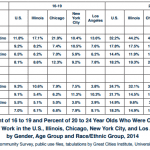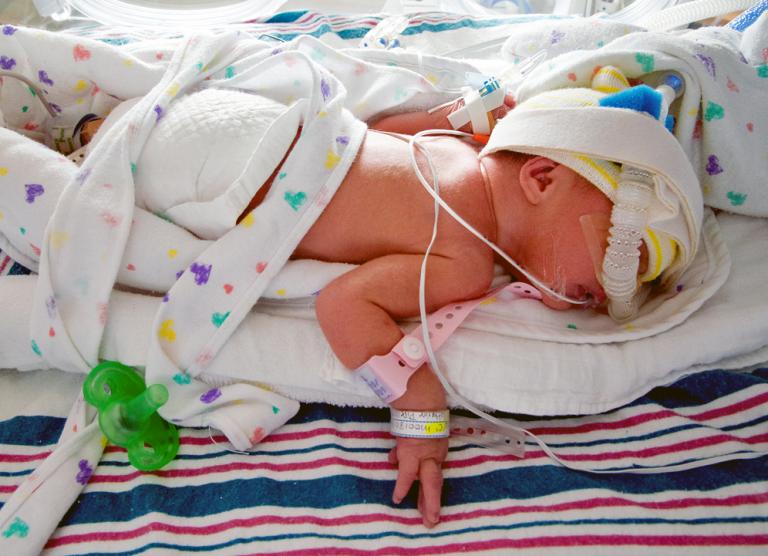Let’s start with this:
The pro-abortion attitudes I cited back on Friday, and the demands that abortion be treated as a routine medical treatment, seem to be increasingly prevalent. It’s highly disturbing to read these sorts of statements, the ones that say “I had an abortion because it’s my right to have sex without ever experiencing a pregnancy, and I don’t believe I or anyone else needs any reason other than simply wanting to.” And these voices so drown out others that attempt to be more reasonable, that it’s hard to hear these other voices.
So here are my two analogies. One describes the attitude of these “uncompromising” pro-abortionists — who probably wouldn’t really even try to weasel their way into rejecting the “pro-abortion” label, given their rhetoric that abortion is a positive action.
This is the “wart” analogy: an unwanted fetus is like a wart. Just get rid of it. Don’t hesitate. It’s an unwanted growth of no moral value or significance whatsoever, a parasite of sorts, invading one’s body uninvited.
But there’s a second analogy: let’s call it the “animal shelter pet” analogy, because the way this group feels about abortion is the way most of us feel about putting down stray cats and dogs.
There’s nothing morally wrong with euthanizing the abandoned dogs and cats at an animal shelter. They have no homes, they are in some cases unadoptable, their lives at the shelter would be inhumane otherwise, and there aren’t enough funds to care for all the animals brought in to Animal Control indefinitely anyway. Hence, reluctantly, those which have been there for too long are put down, and it’s morally acceptable to do so.
But at the same time, it is nonetheless a tragic thing that it’s necessary, and it would be far better to reduce these numbers: better to get cats and dogs spayed and neutered, to encourage people not to buy pets if they won’t be able to take care of them, and to adopt from an animal shelter rather than buying from a breeder, and to help those families who are unable to take care of their pets because they’ve fallen on hard times, by providing vet care, “pet food pantries,” etc.
And, though their voices seem to be more silent than they once were, it is wrong to deny the existence of this second point of view.
Now, to us who are pro-life, it’s hard to really understand how you can inhabit this middle ground. After all, if abortion is wrong, it’s because it’s the ending of a human life, and we generally criminalize the taking of a human life. It’s not like adultery, for instance, where we can shrug it off as “it’s wrong, but not the government’s business.” And if it’s not the ending of a human life, but just something vaguer like a “potential life,” then why bother even being squeamish about it; why not just welcome it the way the “fetus = wart” folks do?
But the problem is that this bright line between life and death doesn’t really seem to exist any longer.
Back in March, I wrote a post I called ““Worse than death”?” in which I discussed a post and a comments thread discussion about whether men or women were worse off in wartime. I pushed back against claims that women suffered such traumas as gang rape by pointing out that men were far more likely to die (e.g., a full 1/3 of Soviet men anywhere near fighting age), and received the reply that what women suffered was “worse than death.” And it struck me at the time that this notion, that there are a great many things that can indeed be “worse than death,” is becoming increasingly common. The increasing acceptance of assisted suicide is part of this — and back when Brittany Maynard was in the news, it wasn’t that hard to stumble into comments defending the right of anyone to kill themselves, regardless of whether society approves of their reason. Indeed, when Robin Williams killed himself, and when it was later determined that he had Lewy Body dementia, there were voices suggesting that he had a “good reason” for killing himself.
And abortion fits into this as well. If death just isn’t that big a deal, if killing can be rationalized as not intrinsically wrong but only if it tangibly harms someone who wanted to life (and who is able to think sophisticated enough thoughts to understand what it means to want to live), then the number of “good reasons” for killing expand. And, likewise, if there isn’t a moral difference between killing a pet and killing a human, but it all depends on the situation and the context, then the rejection of legal restrictions can be paired perfectly well with a desire to reduce abortions. And a “pro-choice but personally opposed” mindset can make sense, just as much as a pet-owner might personally believe a pet owner has a moral obligation to care for a pet but a legal right to abandon it.
Now, what’s interesting to me is that this particular post of mine, which I wrote shortly after I moved my blog to Patheos, didn’t really get much attention at the time. But every now and again, Google Analytics will tell me that someone has stumbled upon it, presumably as the result of some google search or another, and as of today, there have been 712 shares, which is pretty good for me.
But how do you change the mind of someone with this sort of attitude? How do you make the argument that all killing of humans is wrong, if they say, “no, some killing is OK”? Or do we accept that getting as much agreement as possible on, say, late term abortions, is the best we can do in terms of the law?
And in any case, can we work together with the “personal-opposers”? The challenge is that their solutions — at their extreme, Brave New World-style routinization of LARC-type contraception (and casual sex) even for teens, and generous State benefits for even middle-class and wealthy mothers — become hard to swallow. But more on that later.
(Image: puppies at an animal shelter, from a flicker album: https://www.flickr.com/photos/goldstardeputy/4503173277 by goldstardeputy)













